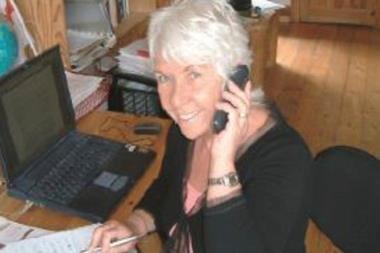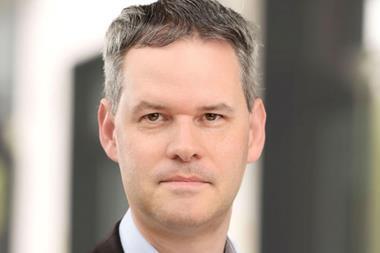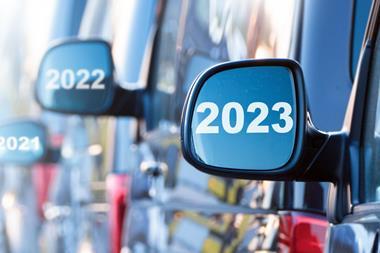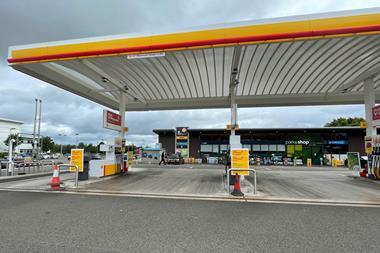The seemingly inexorable rise in the number of sites run by the Top 50 Indies continued last year, but the increase of 99 to 2,222 is much lower than the 300-plus increases of the two previous years.
However, the primary reason for the slower growth is that the mass sell-off of sites by Shell and Esso to the independent sector of the previous two years had ended. Taking this into account, the addition of almost 100 sites in the year shows the hunger for growth within the sector.
With the tap turned off on the oil company sites, the Top 50 Indies have adopted a range of different strategies to maintain their growth. For the two biggest members of the Top 50 this has meant buying up smaller groups from within the Top 50. Last year we saw MFG buy Synergie Holdings, which was ranked 13th and had 19 sites, and Roadside Group, which was ranked 26th and had 10 sites. This was followed in December when MRH added a further 27 sites to its estate by buying Spring Petroleum, which was ranked 11th in the list.
The result of this activity is that MRH has held on to its top spot, expanding its estate from 452 sites to 480. The acquisitions by MFG took it over the 400 mark, but it is still 75 behind with 405 sites.
Euro Garages consolidated its hold on third place, but with no large UK acquisitions it added 11 sites to reach 372. However, it was looking further afield for its growth, and during the year it merged with European Forecourt Retail (EFR), which operates petrol stations in The Netherlands, France, Belgium and Luxembourg, making it part of a group with 1,500 European locations.
The only sizeable acquisition in 2016 from outside the Top 50 was made by Rontec, when it agreed a deal with the Co-op to buy 40 forecourts across England and Wales. This helped to increase its total from 209 the previous year to 241.
Outside the big four, most of the growth came from Applegreen (increase of six sites), HKS (seven), Penny Petroleum (seven) and Platinum Retail (nine). With so many of the top companies in the list making similar levels of acquisitions there was little change in their positions. Nine of the top 10 companies are in the same place, and Platinum Retail was the only new entry into the Top 10.
With such intense competition for sites, companies lower down the list have clearly been finding it difficult to compete. This means that gains of two sites by Chartman and M&L Richardson were enough to push them up 13 and 11 places respectively. In a sign of what may become a significant strategy for expansion, the number of Top 50 Indies developing new to industry sites has increased markedly. Chief among them this year was Kay Group, which completed two new to industry sites, moving up five places in the process, and it has three more in the pipeline
Beyond the Top 10 the vast majority of companies (31) have moved up. However, for most it has only involved edging up two or three places as everyone moved up into the space above created by the removal of Spring Petroleum, Synergie and Roadside Group. Only one company outside the Top 10, the Forecourt Trader of the Year Sewell on the go, was a non-mover, and three moved down.
Five companies entered the Top 50, but three Petrocell, Rusdene Services and Fraser’s Retail were re-entries. The newcomers were JP&S Services, and Karan Retail, which was in last year’s Bubbling Under section.
With such intense competition for sites, many companies have been investigating other avenues for increasing turnover from their existing estate and investing in new facilities. Food-to-go is becoming increasingly important on forecourts, with Subway in particular becoming a major feature on Top 50 sites, with all of the top five having partnership deals and many others such as Sewell on the go developing their offer.
There are numerous examples within the listing of companies investing in their businesses, which shows how much confidence there is in the market, and this should ensure that the Top 50 Indies can look forward to further growth in 2017.





























No comments yet